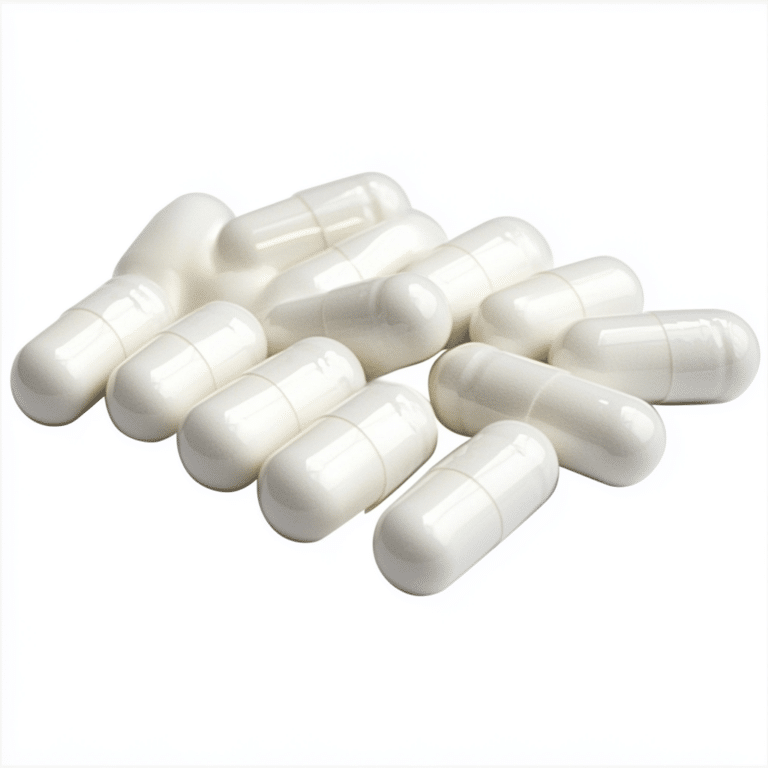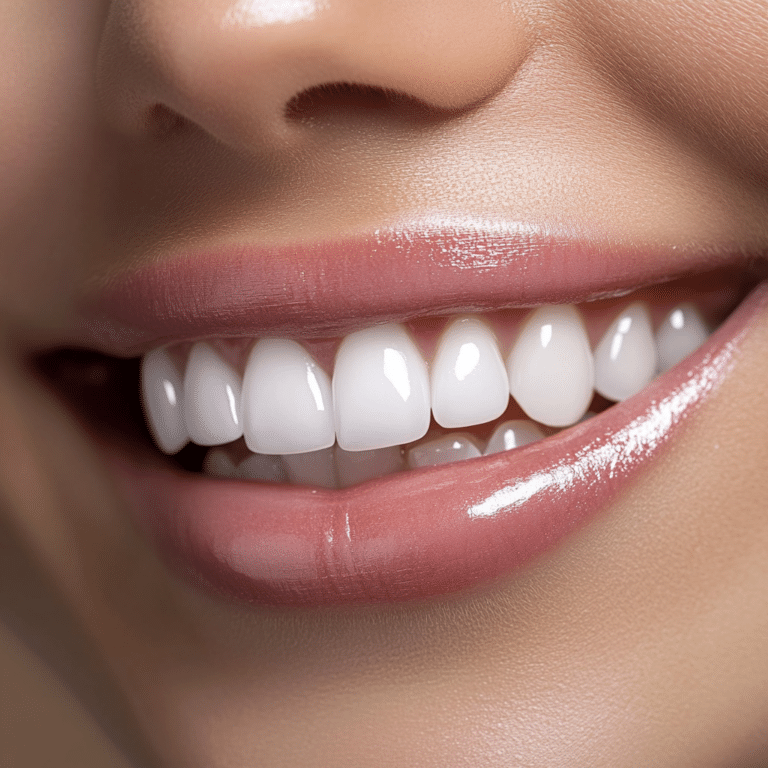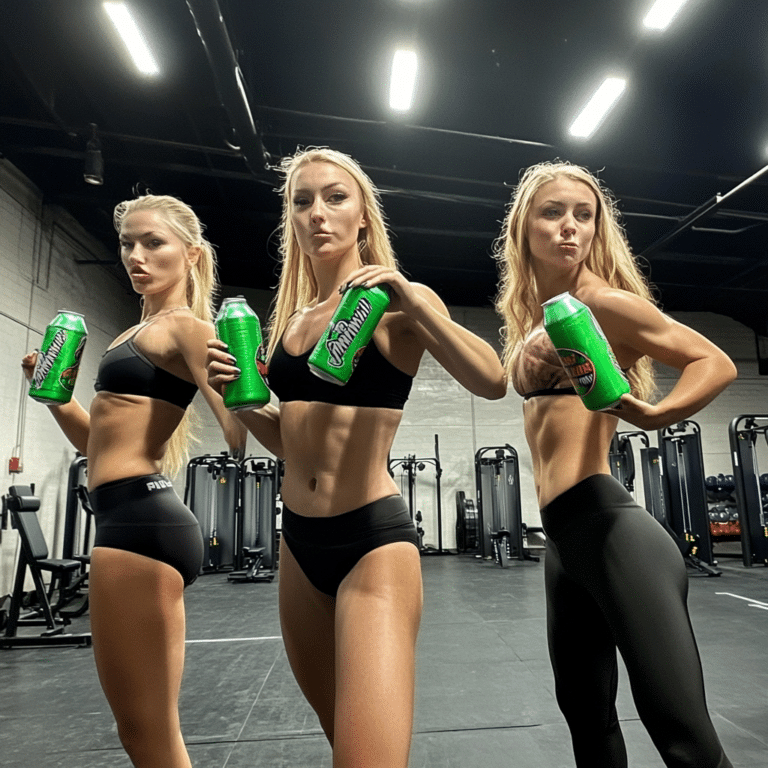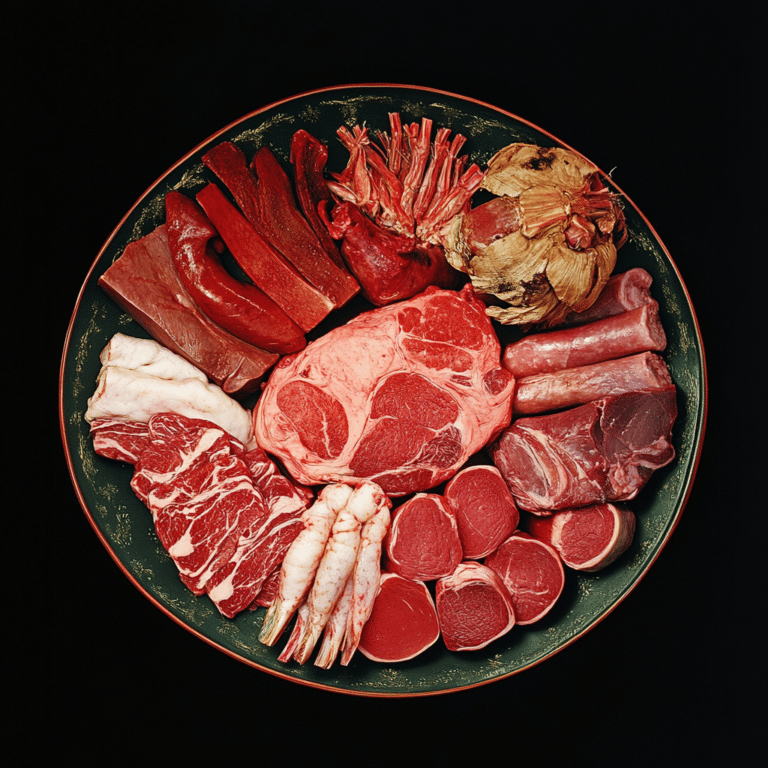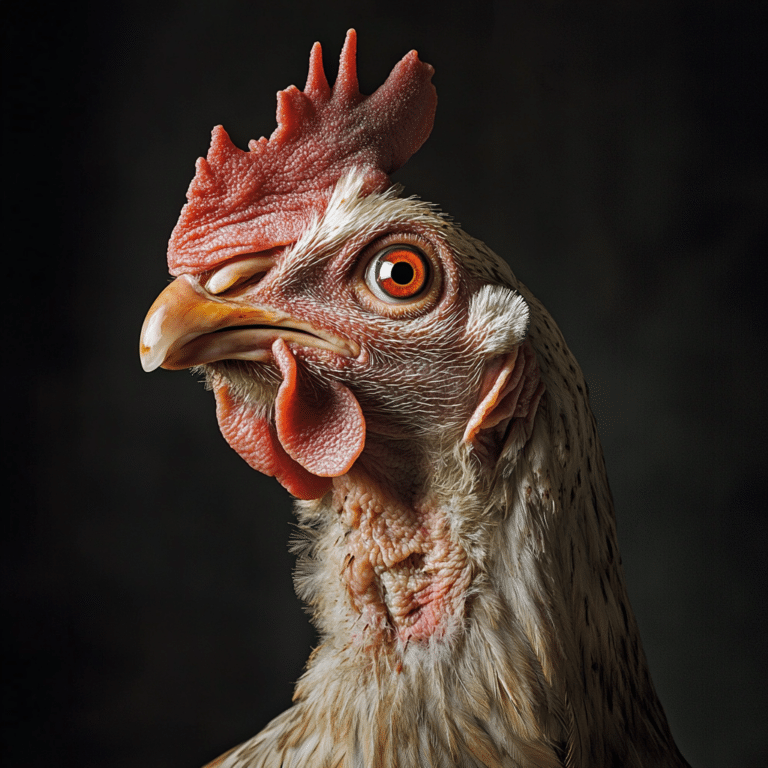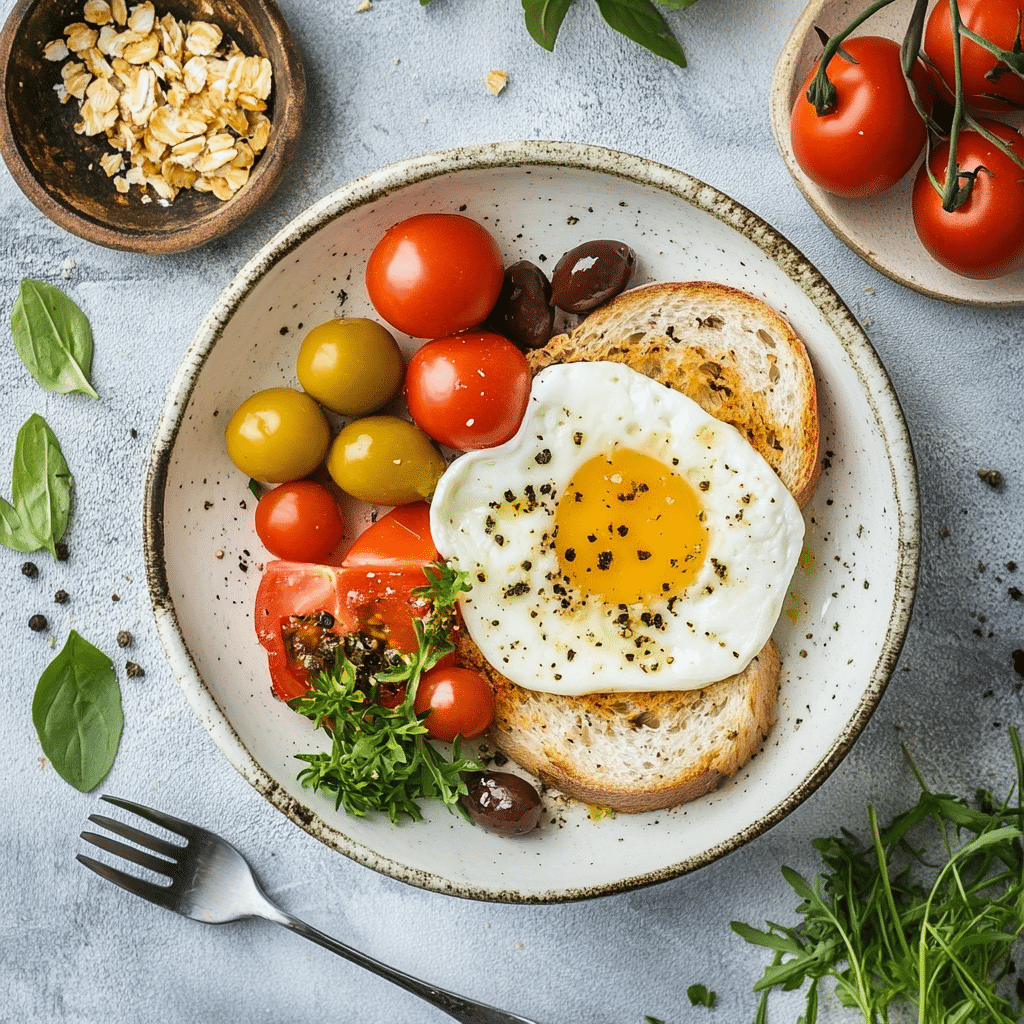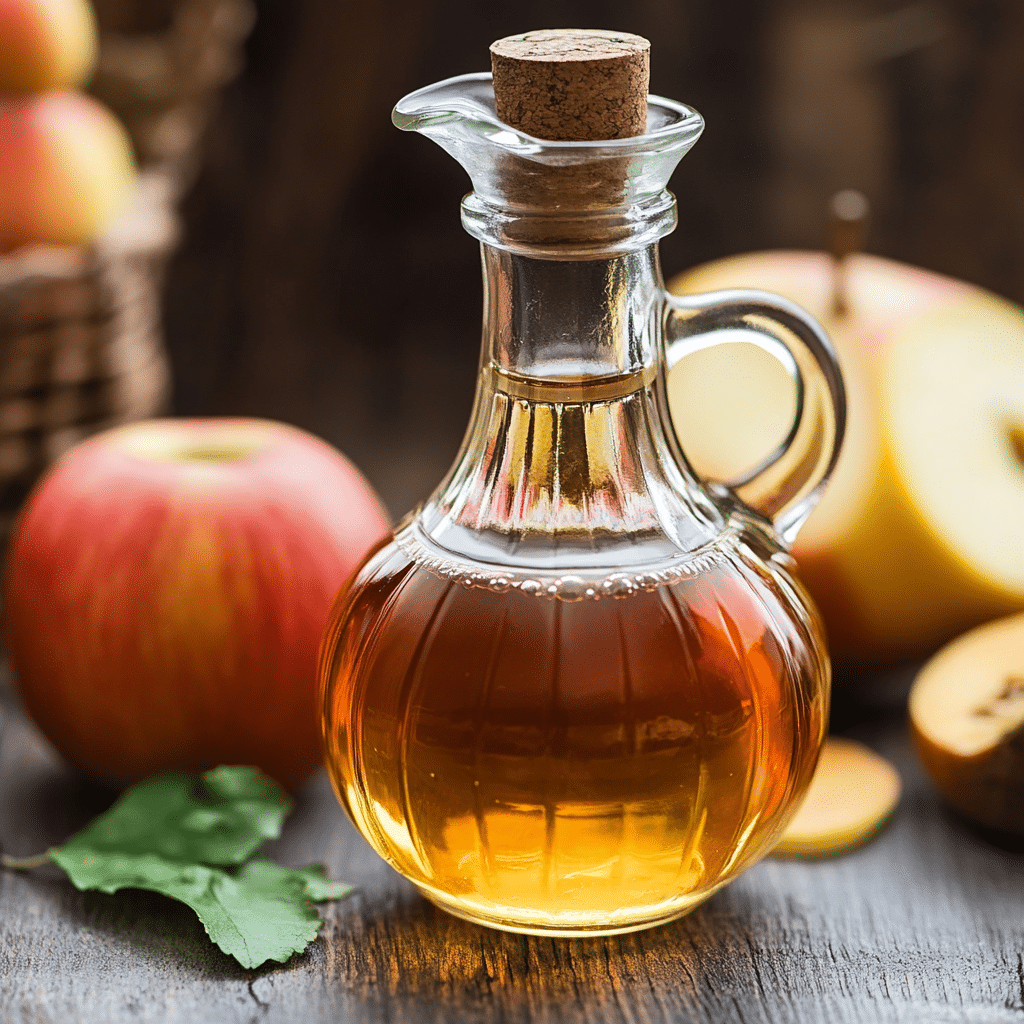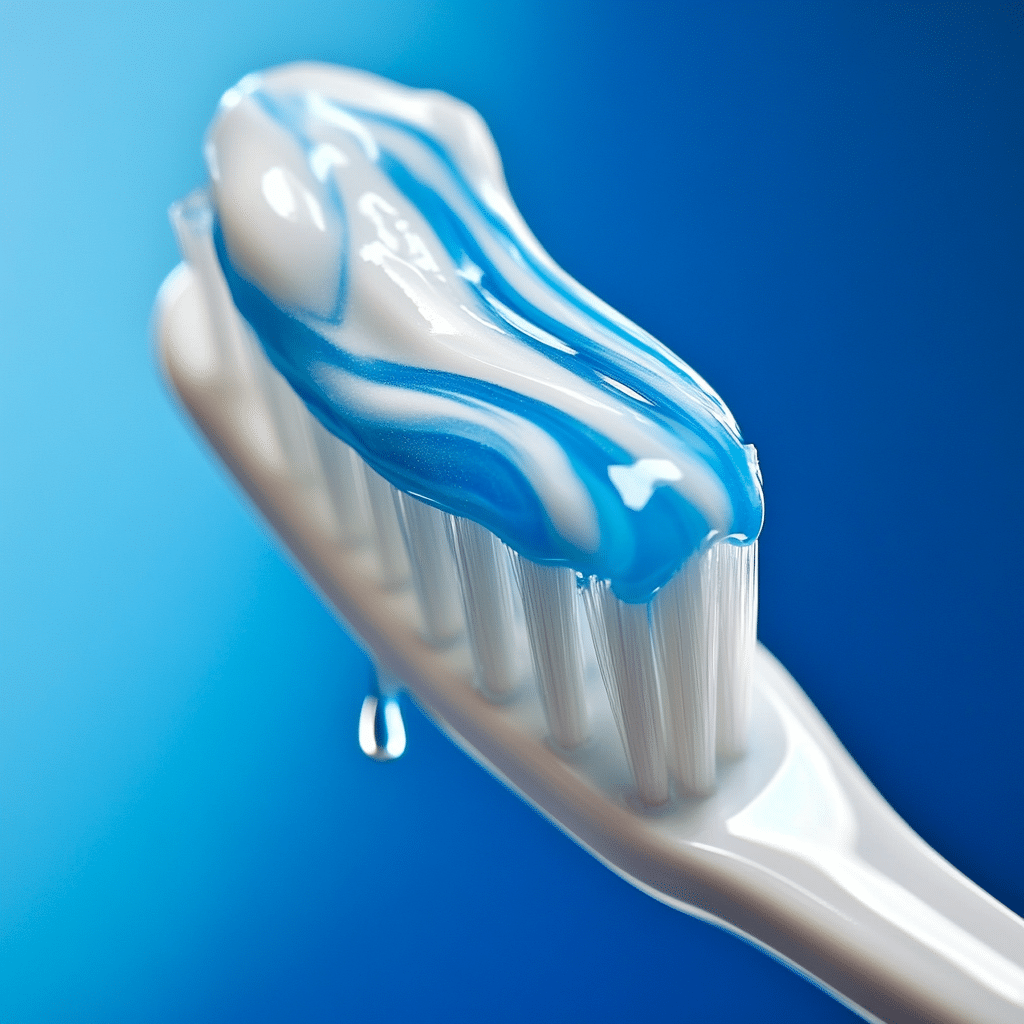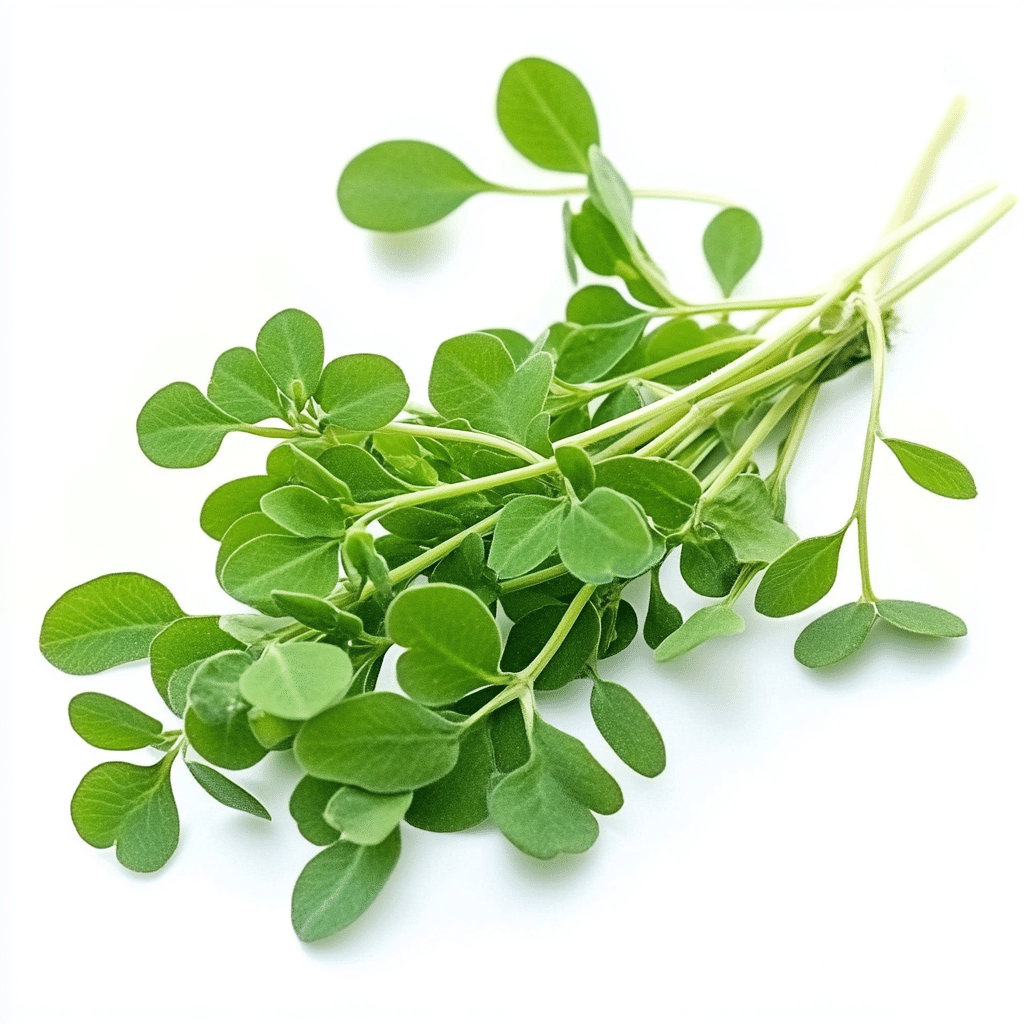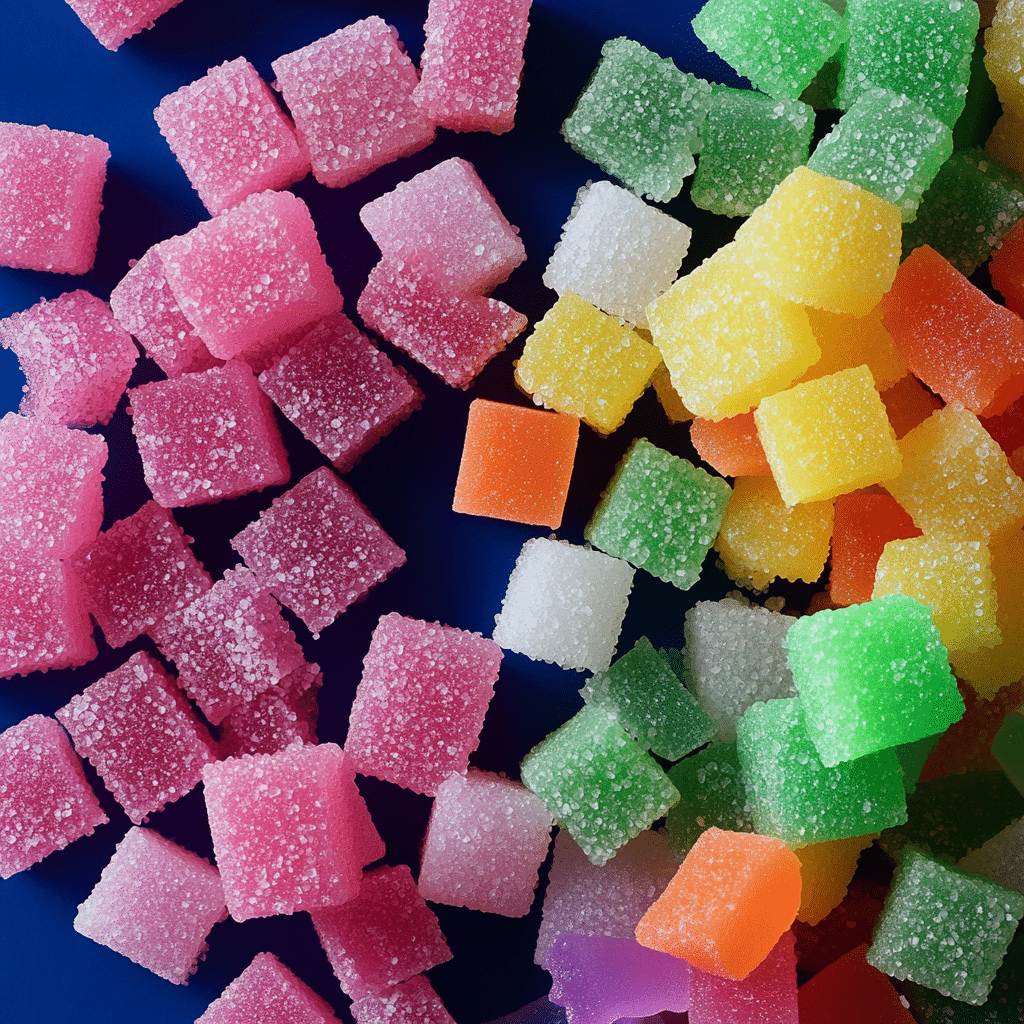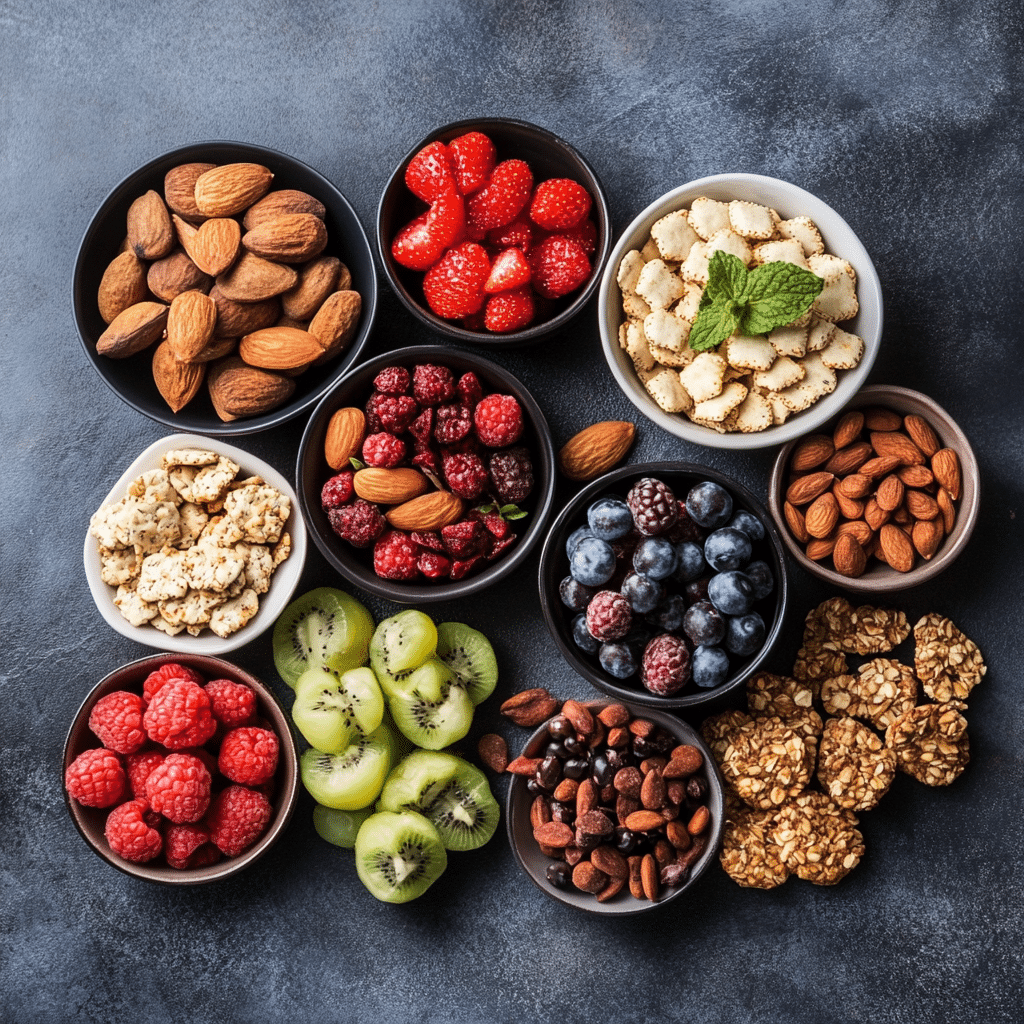When it comes to energy and performance in the gym, the Vertical Diet is something you can’t afford to overlook. Created by powerlifter Stan Efferding, this approach emphasizes easy-to-digest, nutrient-dense foods that make a real difference in how you feel and perform. Forget about food confusion; the Vertical Diet nails it down to a few key components: red meat, white rice, fruits, and vegetables. Ready to crush that workout and get shredded? Let’s dive into the core principles of the Vertical Diet and uncover its secrets!
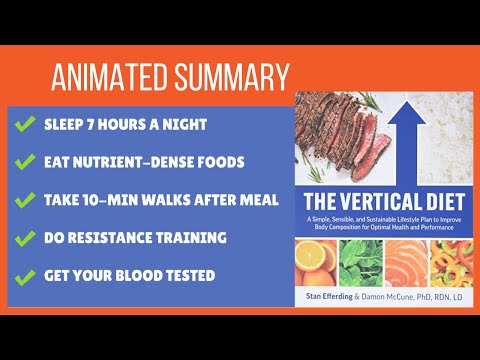
Understanding the Vertical Diet: Foundations and Principles
The Vertical Diet simplifies meal planning with a strong focus on high-quality foods. You can think of it as going vertical in your choices. By prioritizing specific foods, you’ll score big points in nutrition without needing a PhD in food science. The key players here are red meat for protein and iron, white rice for carbs, and a variety of fruits and veggies to round things out.
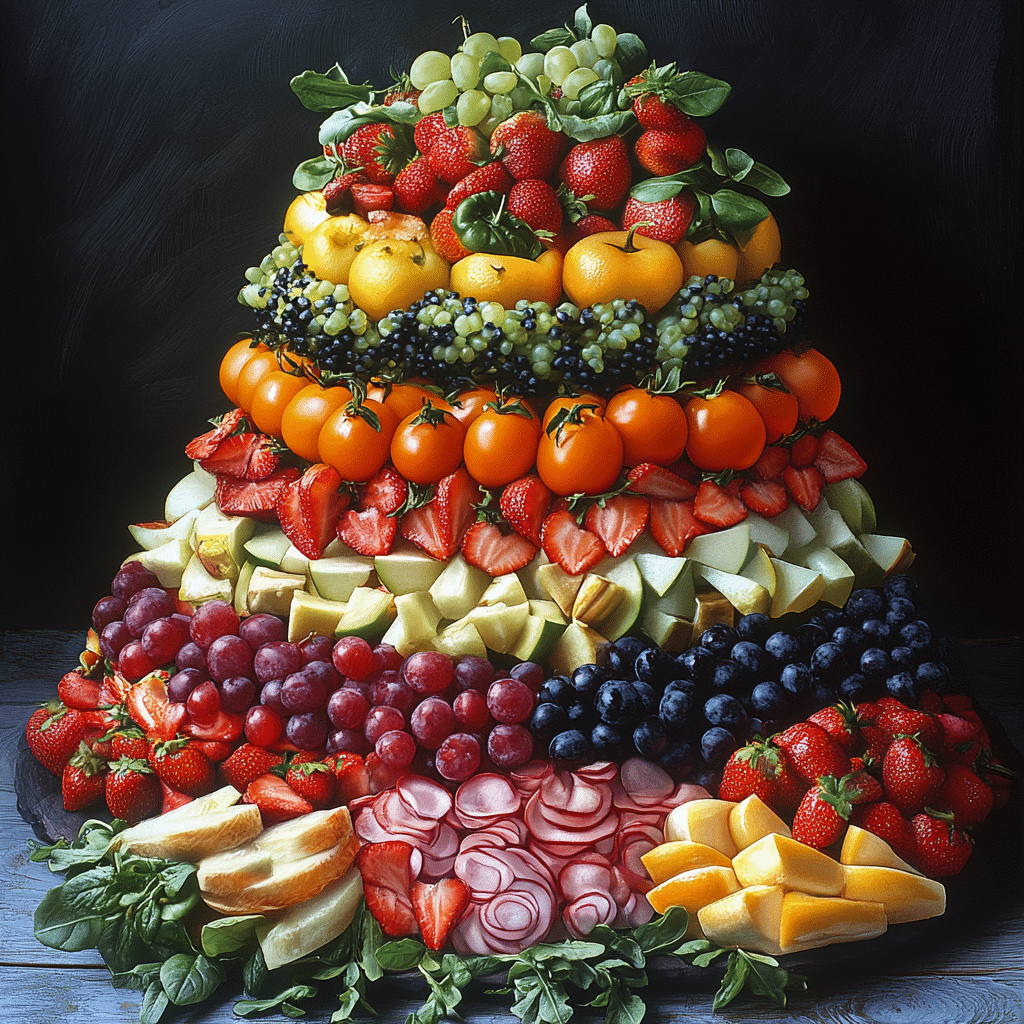
Why Red Meat Is King
Red meat is not just a delicious option; it’s loaded with heme iron, which is crucial for muscle growth and recovery. Why does this matter? A study published in the Journal of Nutrition found that heme iron from meat is absorbed better than iron from plants, giving you a significant edge if you’re hitting the weights hard. Grab that grass-fed steak or some ground beef, and you’re on your way to fueling your body for ultimate performance.
The Power of White Rice
When you think carbs, think white rice. This gem is low in anti-nutrients, making it super easy to digest. Brands like Nishiki or Koshihikari are not only tasty but also organic options that you can whip up in a jiffy. Adding white rice to your meals helps replenish glycogen stores rapidly, giving you that much-needed boost before your next strenuous workout. You’ll be dodging fatigue like it’s nobody’s business!
The Essential Role of Veggies and Fruits
Don’t forget your greens and fruits! Incorporating low-FODMAP veggies like spinach, zucchini, and bell peppers, along with antioxidant-rich fruits like bananas and berries, can make all the difference. Research in the American Journal of Clinical Nutrition demonstrates that these antioxidant-rich foods can help reduce oxidative stress, allowing your body to recover better and perform stronger. Remember, performance isn’t just about what you lift; it’s about how well you recover!
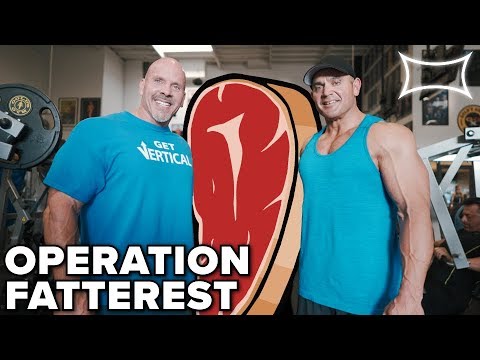
Top 7 Vertical Diet Secrets for Maximizing Energy and Performance
Ready to take your gains to the next level? Here’s how you can tap into the full potential of the Vertical Diet with these top seven secrets:
1. Prioritize Red Meat for Iron and Protein
As mentioned earlier, this powerhouse food packs a punch. Not only does red meat provide high-quality protein, but it also fuels muscle repair and growth. So if your goal is to get shredded, make sure red meat is a regular on your plate.
2. Optimize Carbohydrate Choices with White Rice
Switching to white rice can mean the difference between feeling sluggish and energized. It digests quicker than many other options and won’t leave you feeling all bloated. Your body will thank you when you’re powering through those last reps!
3. Incorporate Nutrient-Rich Vegetables and Fruits
You don’t have to shovel in platefuls of greens. Just focus on easy-to-digest options. Think along the lines of sweet potatoes and blueberries. These will give you the vitamins and minerals your body craves for peak performance.
4. The Importance of Bone Broth for Digestive Health
Bone broth is a game-changer! It’s rich in amino acids that promote gut health. By supporting your digestive system, bone broth paves the way for better nutrient absorption. Brands like Kettle & Fire offer amazing options that fit right into your Vertical Diet journey.
5. Meal Timing: Fueling Workouts Appropriately
Timing can make or break your workout. Consume a balanced meal with protein and carbs, think steak with rice, about two hours before hitting the gym. This gives your body the fuel it needs to unleash your inner beast and crush those workouts.
6. Use Supplements Smartly: Collagen and Digestive Enzymes
Don’t underestimate the power of supplements. Collagen powder can help with joint health and muscle recovery, while digestive enzymes can enhance nutrient absorption. Try Vital Proteins for collagen and Garden of Life for enzymes to amplify your results.
7. Monitor Adaptation Over Time: Adjusting to Versatility
One size doesn’t fit all. Your body might react differently to the Vertical Diet, so keep tabs on how you feel. Some folks might need more carbs post-workout, while others thrive on higher protein. Listening to your body is key for long-term success!
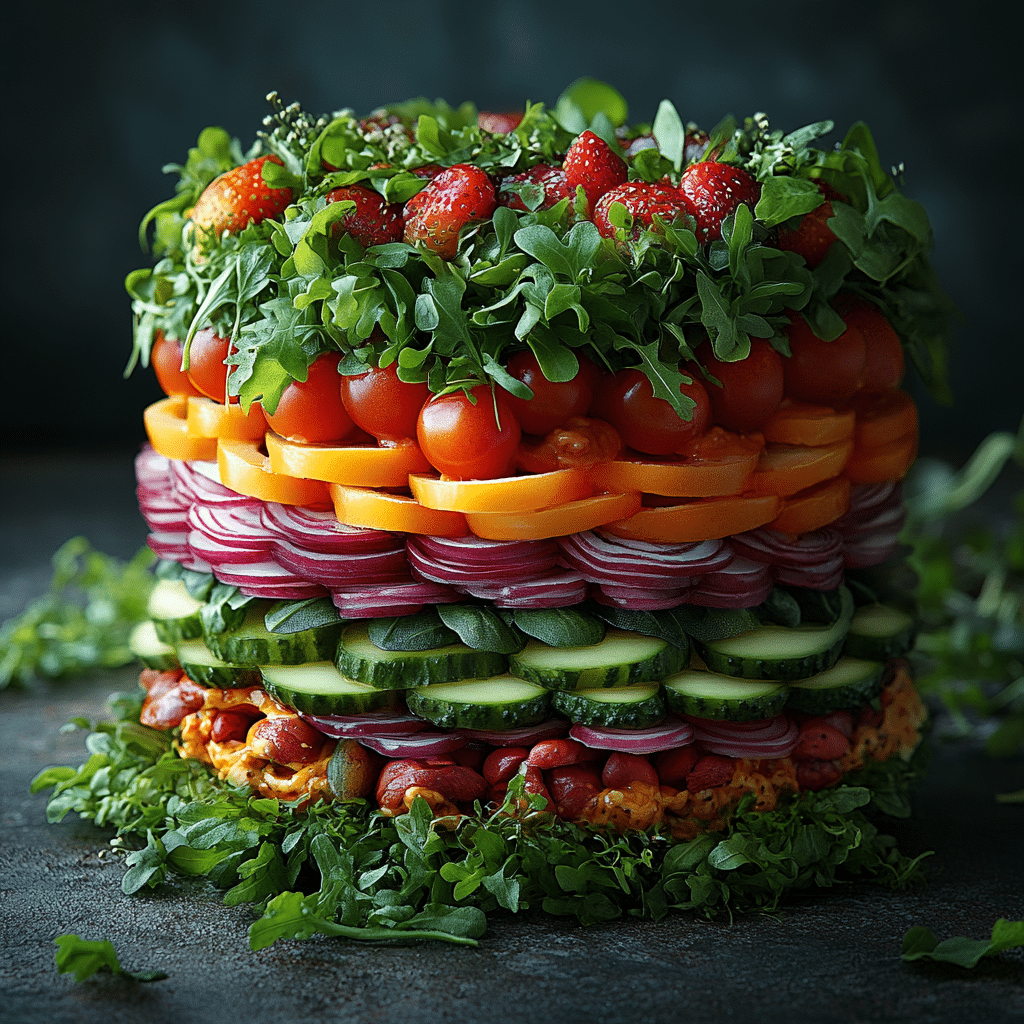
Harnessing the Power of the Vertical Diet for Peak Performance
It’s clear that the Vertical Diet offers a streamlined approach to nutrition focused on energy and performance. This method revolves around consuming nutrient-dense, easily digestible foods coupled with strategic meal planning. If you’re serious about enhancing your workout efficiency and recovery, this could be your golden ticket.
When you embrace the principles of the Vertical Diet, you’re not just changing what you eat; you’re starting a journey towards sustained energy and top-notch performance. By understanding what fuels your body best, you can confidently navigate your nutritional path. Get ready to unlock your full potential and step it up as you get shredded and achieve that ripped six-pack you’ve always dreamed of!
Keep Winning!
The power of the Vertical Diet lies in not just meal choice but in forging a lasting connection with your food and health. So gear up, buckle in, and get ready for some serious gains. Here’s to your fitness journey—may it be filled with energy, strength, and those ripped abs you’ve been chasing! Remember, the journey might be tough, but every meal, workout, and adjustment brings you closer to your goals. Get after it!
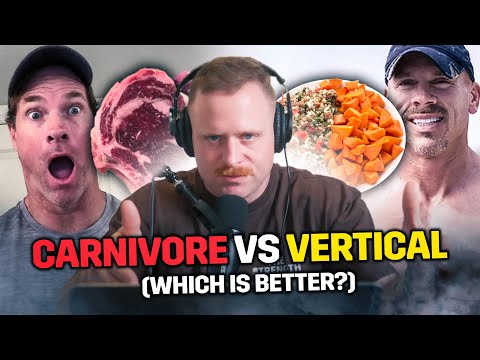
Vertical Diet Secrets for Peak Energy and Performance
Uncovering the Vertical Diet
Have you ever wondered how some athletes seem to wield power like Avatar Kyoshi? Enter the vertical diet, a nutritional strategy that emphasizes whole, nutrient-rich foods stacked for maximum energy output. This method is all about quality over quantity, encouraging consumption of easy-to-digest proteins, quality fats, and carbohydrates that fuel performance. Merging health with efficiency, the vertical diet combines the goodness of fruits and vegetables while keeping things straightforward. After all, who wants to complicate their meals like the twists in Watch Scary Movie 2?
Nutritional Nibbles
As you dive deeper into the vertical diet, you might find it mind-boggling at first. But just like the way Young Gordon ramsay reinvented the culinary scene, this diet aims to reinvent your food choices. Not only does it encourage whole foods, but it also focuses on gut health by incorporating easily digestible carbs and fibrous vegetables. Speaking of easy, did you know that Planners 2024 are becoming a must-have for those serious about staying organized, much like how the vertical diet organizes your plate for optimum benefit?
Fun Facts on Fueling Performance
Here’s a juicy tidbit: the vertical diet is also favored by many bodybuilders and athletes because it helps them reach peak performance without feeling sluggish. Think of it like wearing the latest Oculus Quest 2 Controllers; it ramps up your gaming experience and keeps you engaged. The focus on red meat, white rice, and nutrient-dense veggies makes it a customizable option for anyone looking to kick their training regimen up a notch. Plus, just as the Naruto Sage Of Six paths brings new heights to his abilities, this diet can elevate your energy levels and overall performance to new dimensions. So, whether you’re ramping up for a big competition or just trying to get the most out of your workouts, the vertical diet could be your secret weapon.
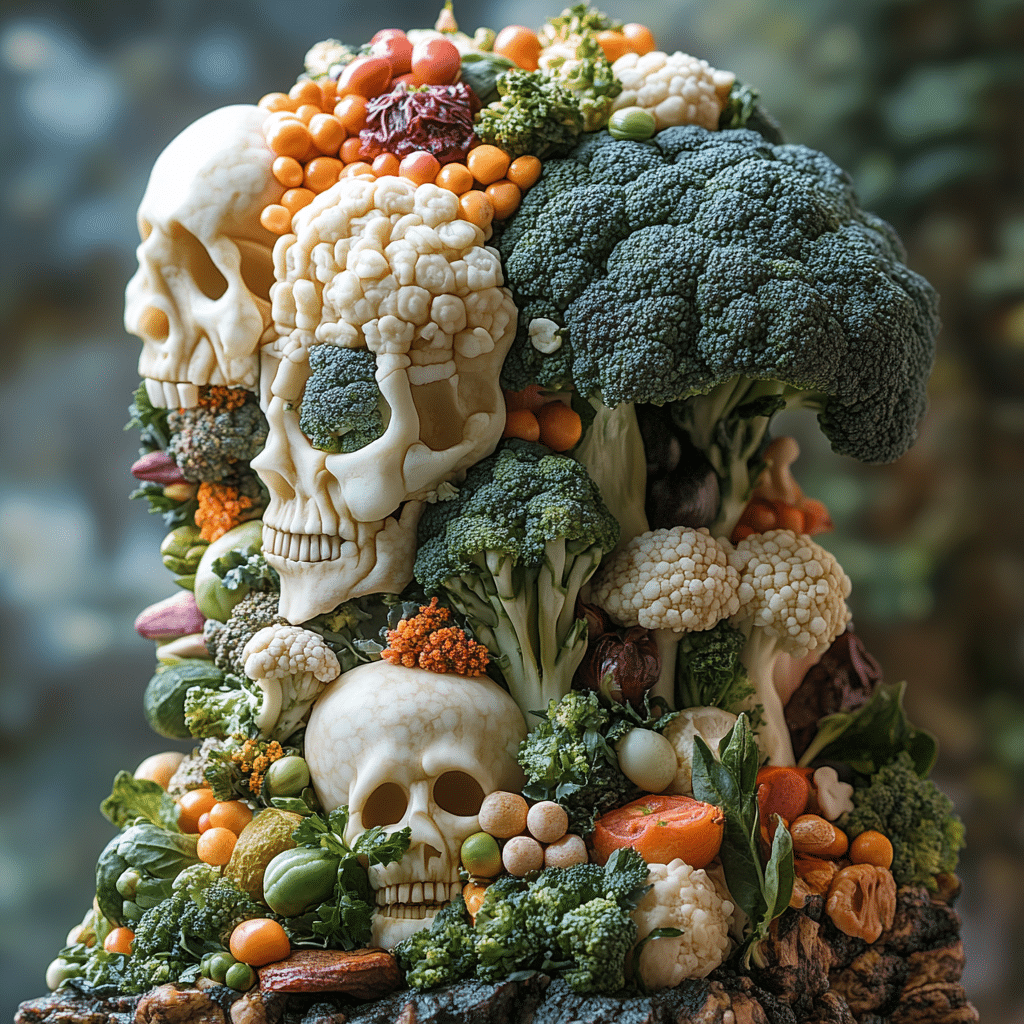
What is an example of a vertical diet?
A great example of a vertical diet is one that staples red meat and white rice, as these provide essential nutrients and quick energy while keeping digestion simple.
Is vertical diet good for weight loss?
While some folks might drop a few pounds on the vertical diet, experts aren’t really recommending it as a go-to weight loss plan. So, it’s wise to chat with a registered dietitian if you’re looking for tailored advice on protein intake.
Can you eat eggs on vertical diet?
Yes, you can enjoy eggs on the vertical diet! They fit right in since they’re a great source of protein and other nutrients.
Can you eat bananas on a vertical diet?
Bananas are allowed on the vertical diet, especially if they’re unripe, as they’re one of the low-FODMAP fruits that the diet encourages.
Can you drink coffee on a vertical diet?
You can sip on coffee while following the vertical diet, but it’s best to keep it in moderation and watch how your body reacts to caffeine.
Can you eat potatoes on a vertical diet?
Potatoes aren’t typically included in the vertical diet because they are higher in FODMAPs, which the diet generally tries to limit.
Can you eat bread on the vertical diet?
Bread isn’t part of the vertical diet, as it doesn’t fit the plan’s focus on low-FODMAP options and easy digestion.
What is the most rapid weight loss diet?
The most rapid weight loss diets are often those that severely restrict calories or specific food groups, but they aren’t always safe or sustainable. Always consider consulting a health professional first.
Is ground beef and rice a healthy meal?
Ground beef and rice can be a healthy meal, particularly in the vertical diet, as it combines protein, iron, and quick carbs for energy.
Why do athletes not eat egg yolks?
Athletes often avoid egg yolks because they can be higher in fat, and many are focusing on getting leaner protein sources to boost their performance.
Why cranberry juice on vertical diet?
Cranberry juice is popular on the vertical diet for its health benefits, like supporting urinary tract health, but you should choose unsweetened options to keep sugar intake low.
Is steak and rice healthy?
Steak and rice are indeed healthy when paired together. This combo offers a great source of protein and carbohydrates, perfect for muscle recovery and energy.
Can you eat olives on a plant based diet?
On a plant-based diet, olives can be enjoyed since they fit well within the foods allowed, being nutritious and healthy fats.
What vitamins are needed for vertical diet?
The vertical diet focuses on a few key vitamins to support energy and recovery, like B vitamins, iron, and zinc, which are essential in red meat and other allowed foods.
Can you lay down after eating a banana?
It’s generally not recommended to lay down right after eating a banana as it could lead to discomfort or digestion issues, so it’s better to wait a bit before getting horizontal.



